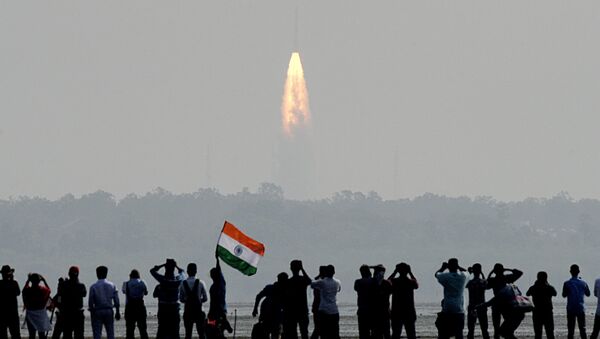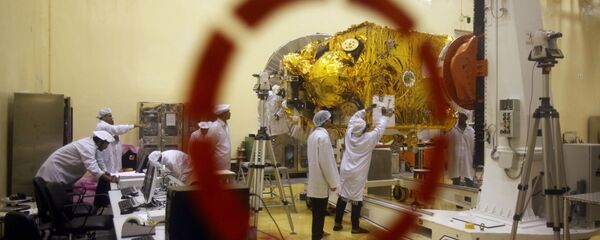This is part of the Indian Space Research Organization’s (ISRO) strategy to expand and augment private sector participation in the multi-billion dollar satellite industry. In the short term, private sector participation is expected to lessen the burden on ISRO and in the medium- to long-term drive innovation and job creation.
India needs around 17 satellites every year for meteorological forecasts, communication and other purposes. The larger, and more complex, satellites that are capable of multi-tasking, can weigh 1.5 tons and above. Given its current capacity, ISRO alone cannot meet the target. It needs two satellites on stand-by mode should something go wrong with its seven satellites in orbit.
“I think the requirement we are foreseeing is nearly 16 to 17 satellites per year that we have to make. So it is a really, really, quantum jump,” Dr M. Annadurai, Director of the ISRO Satellite Center, told the media.
"While it's been going on for some time, ISRO expanding its engagement and awarding sub-contracts to Indian private sector players is an encouraging development. The most significant part is that catering to ISRO's demands will drive technological innovation, entrepreneurship, and lead to new avenues of job creation. All major countries like the US, Russia and others have gone through a similar phase where public-private sector partnership creates an ecosystem driving entrepreneurship and job growth. Many of the technologies and experience in assembling will be used in other spheres and applied in product creation and differentiation," Vahia told Sputnik.
With increased engagement, the Indian private sector can overcome skill and resources gap in the future, Vahia adds.
ISRO captured global attention in February by releasing a record 104 satellites into space, many of which belonged to other countries.




